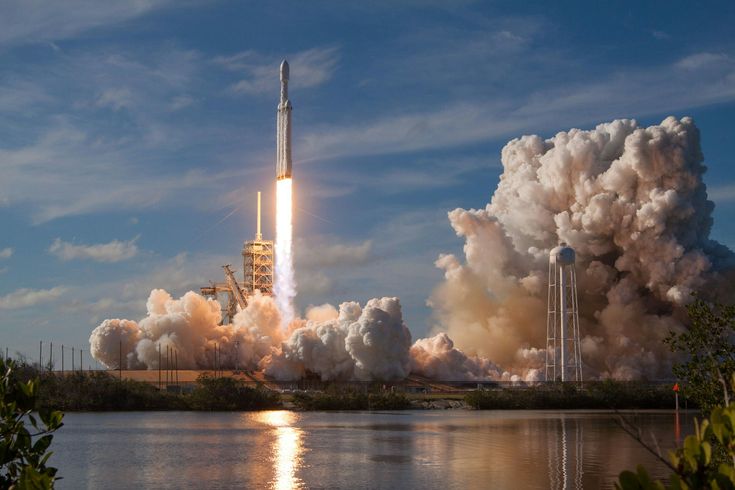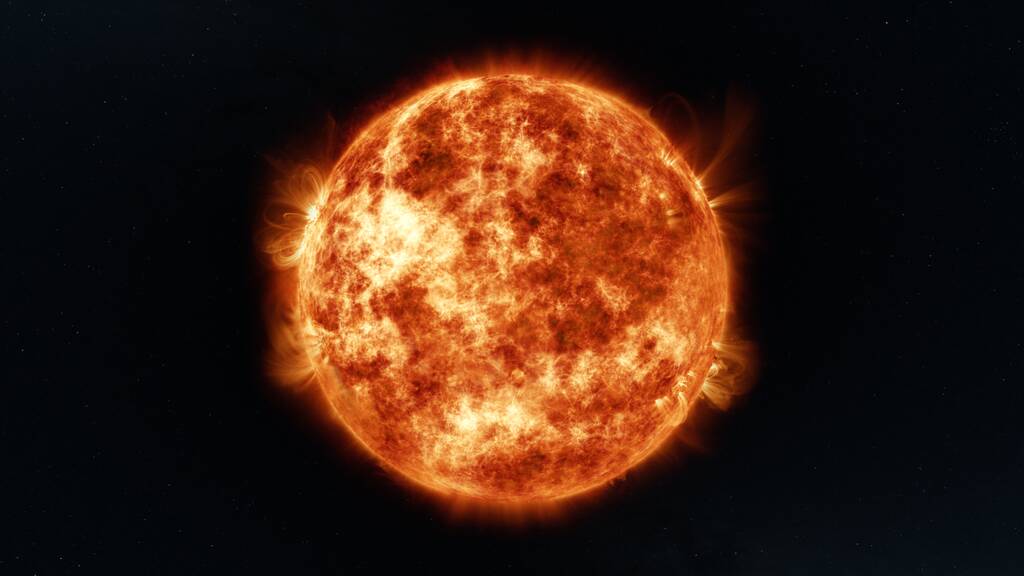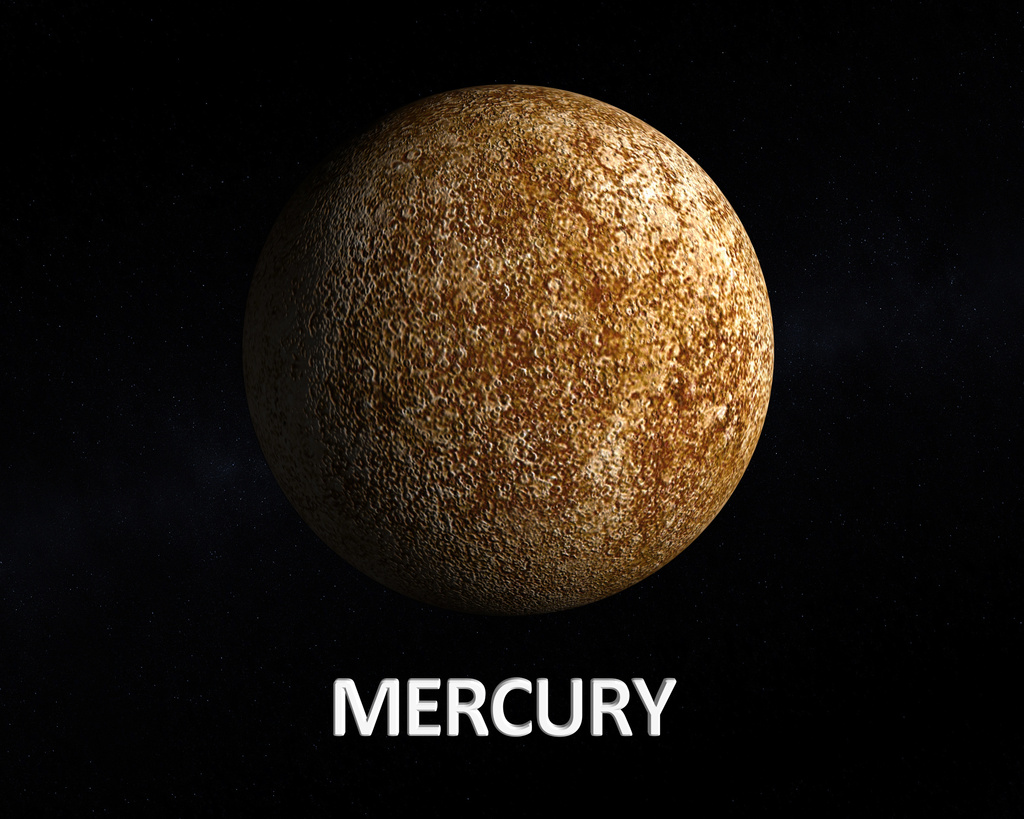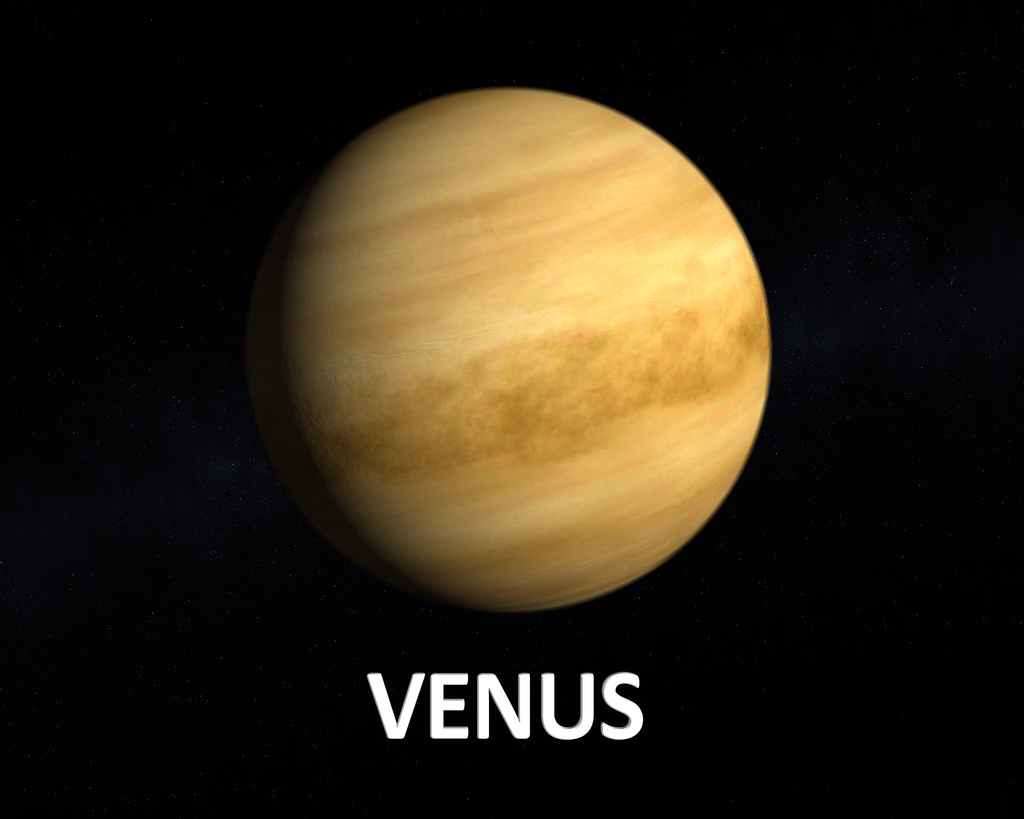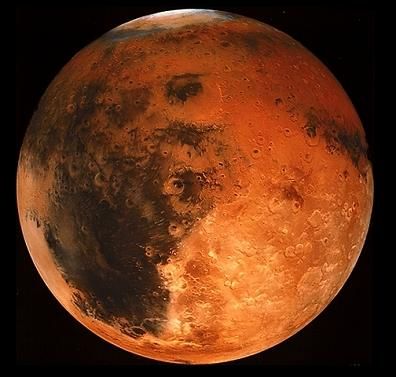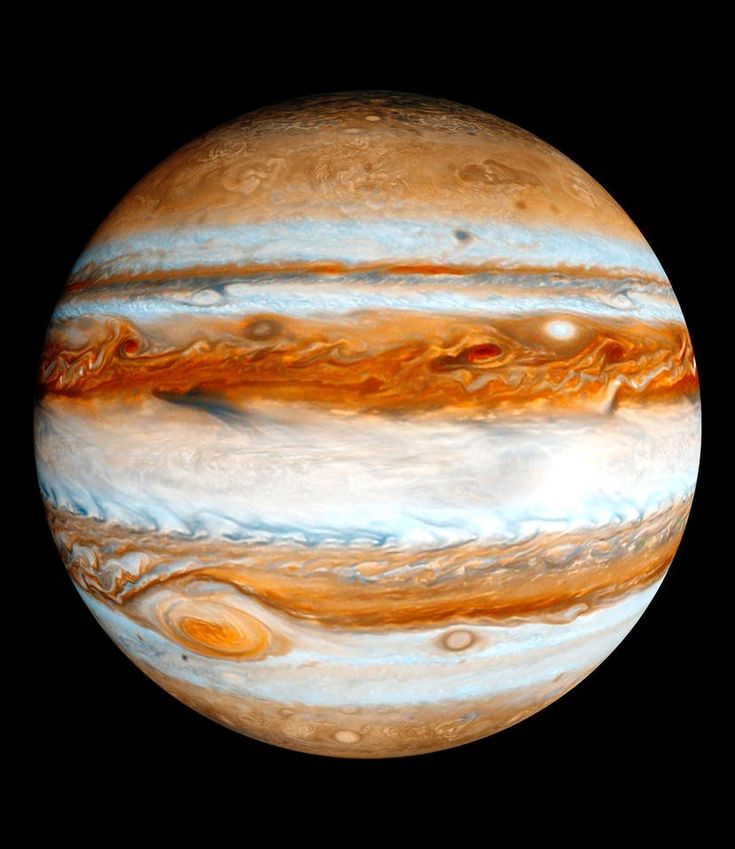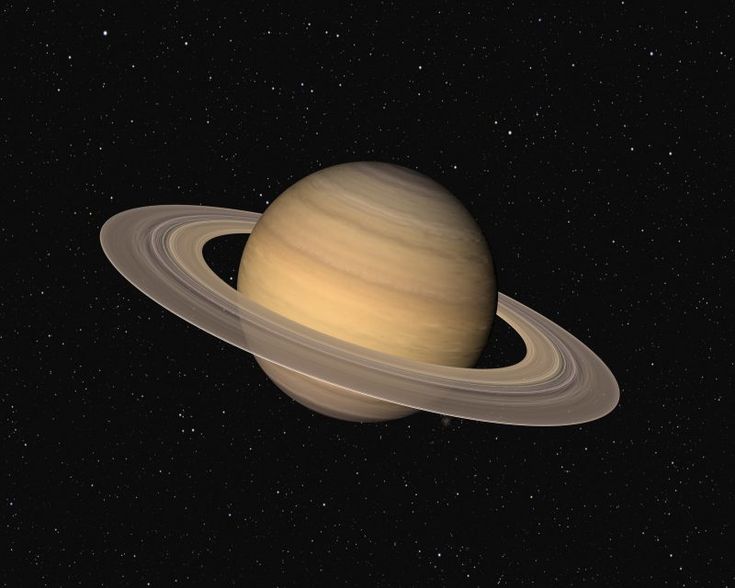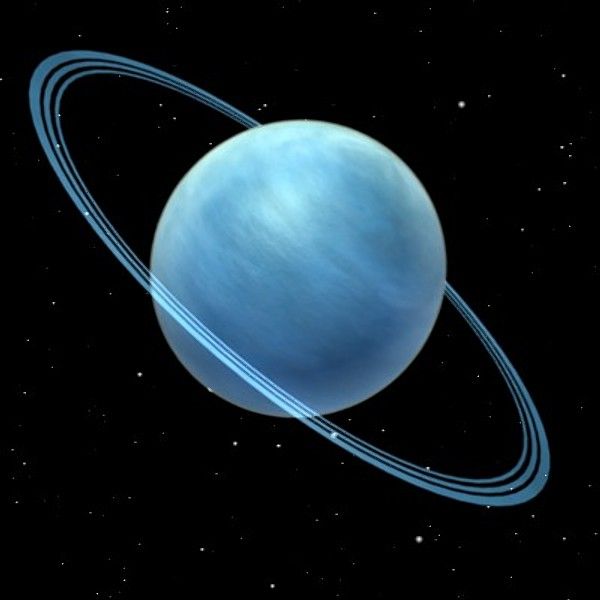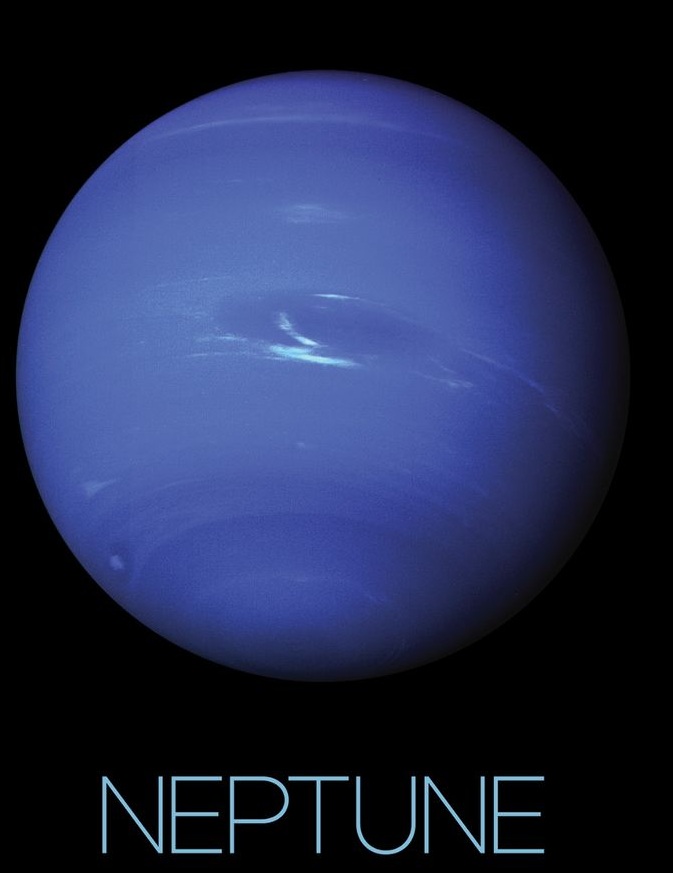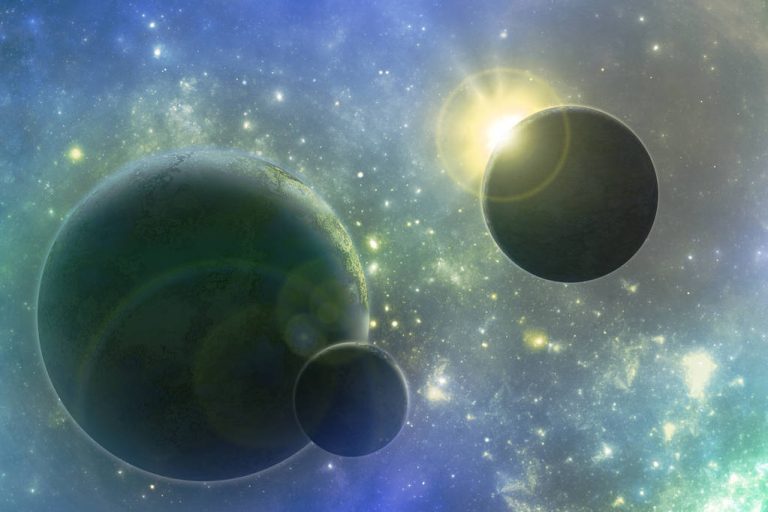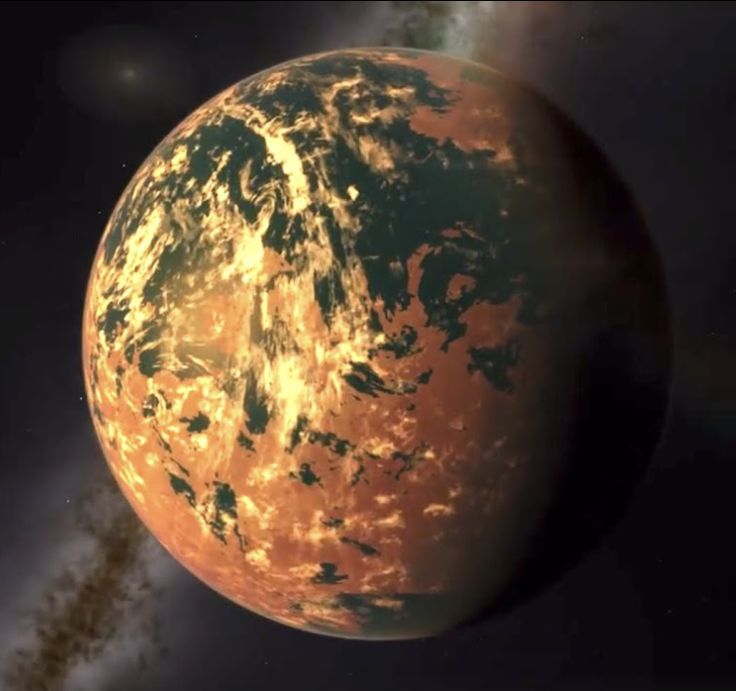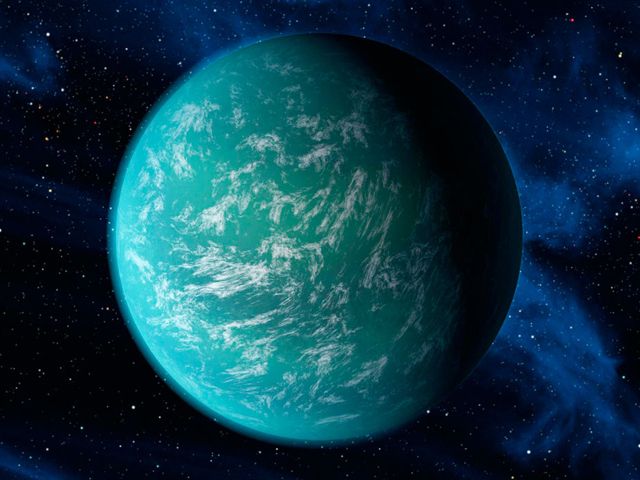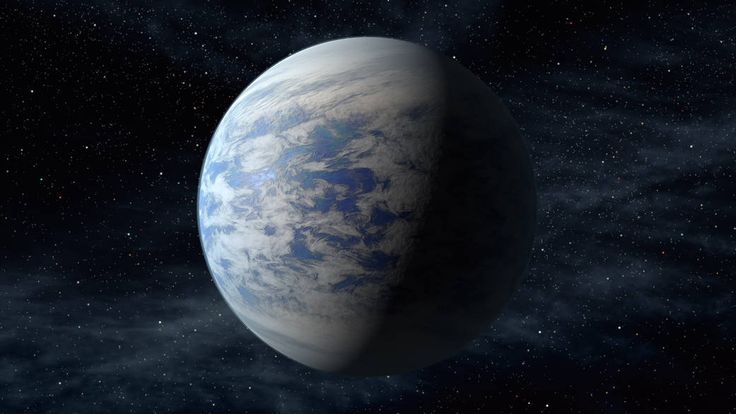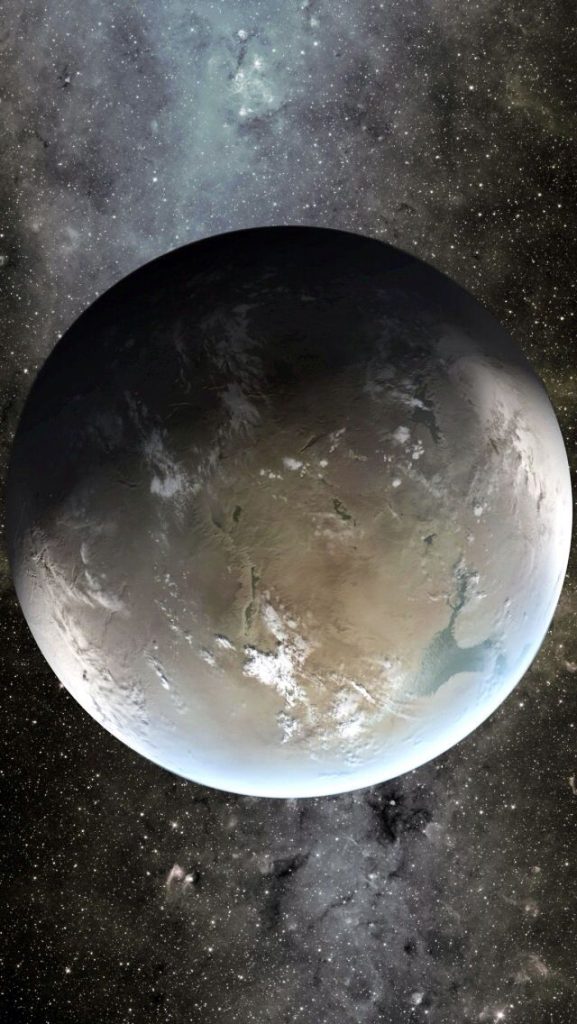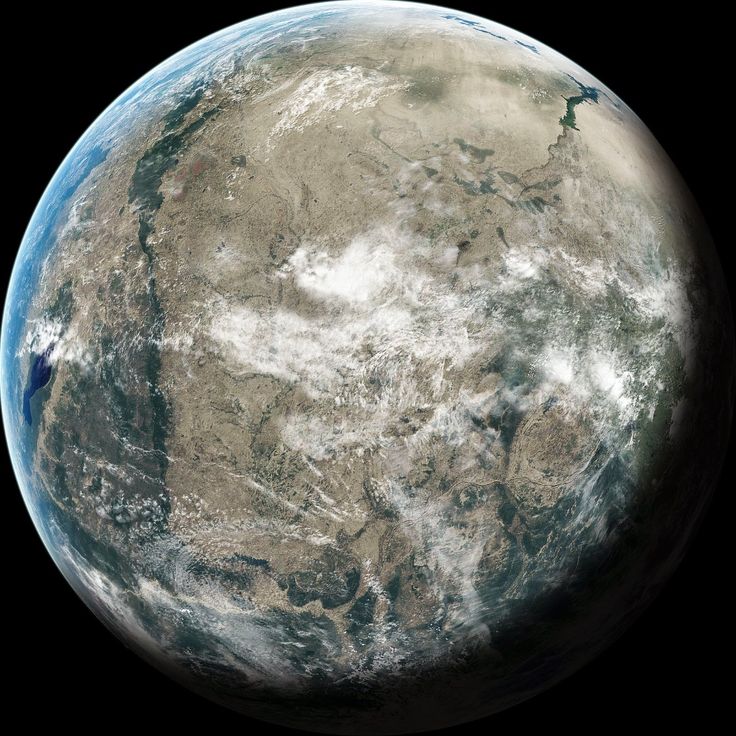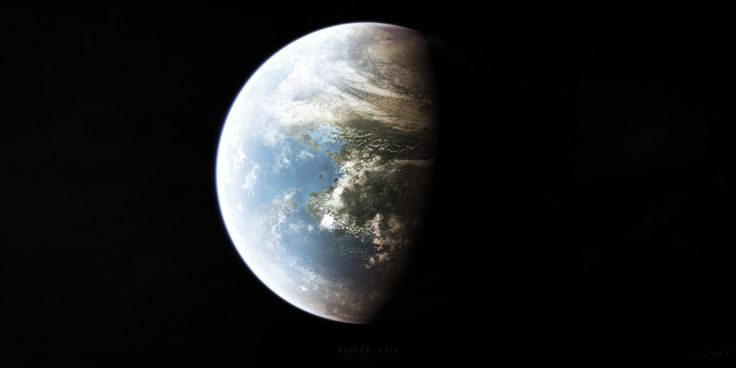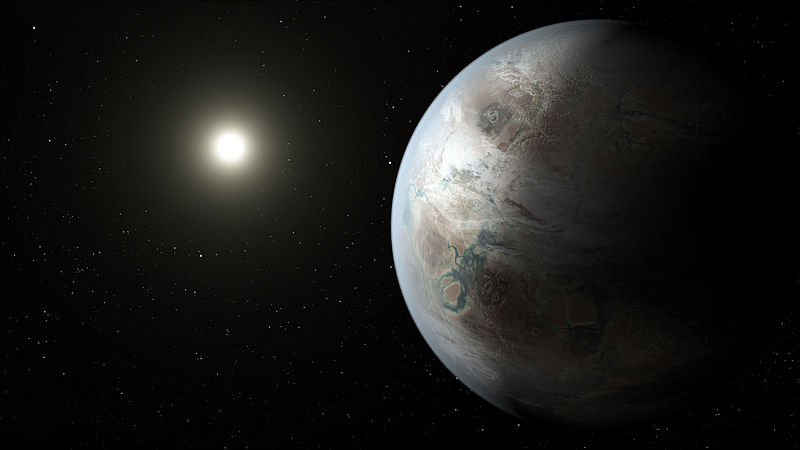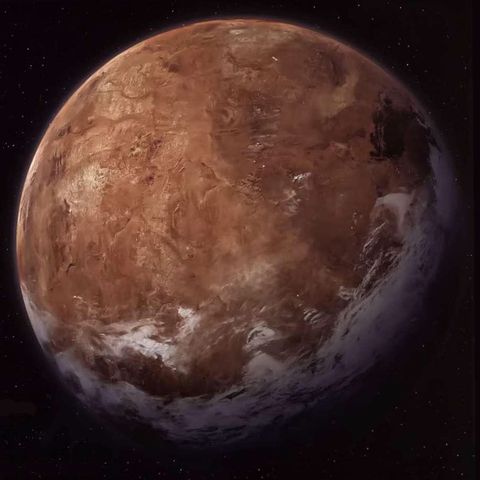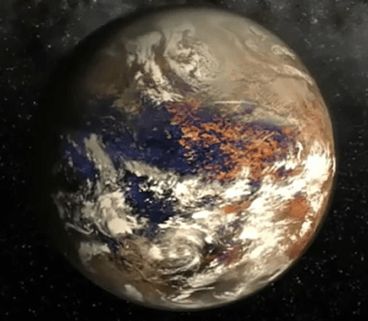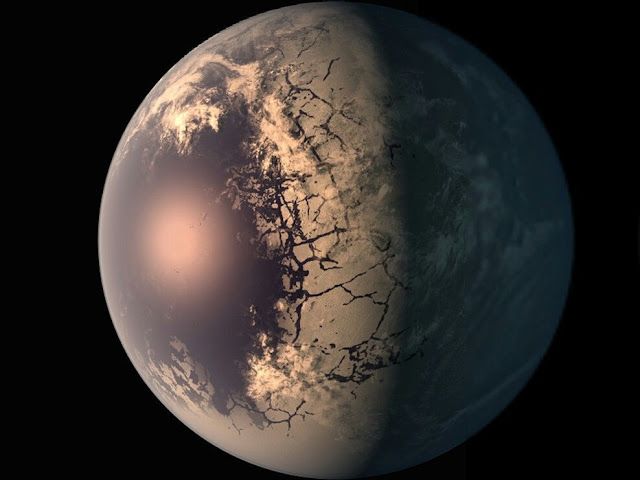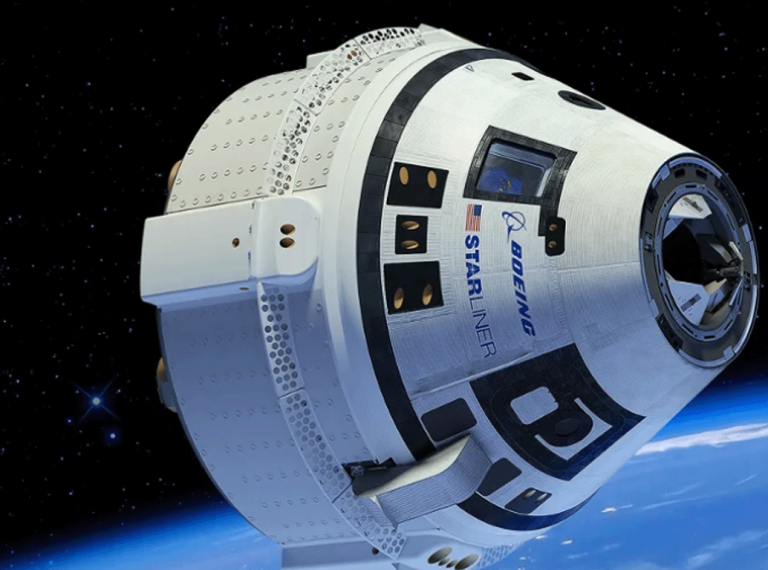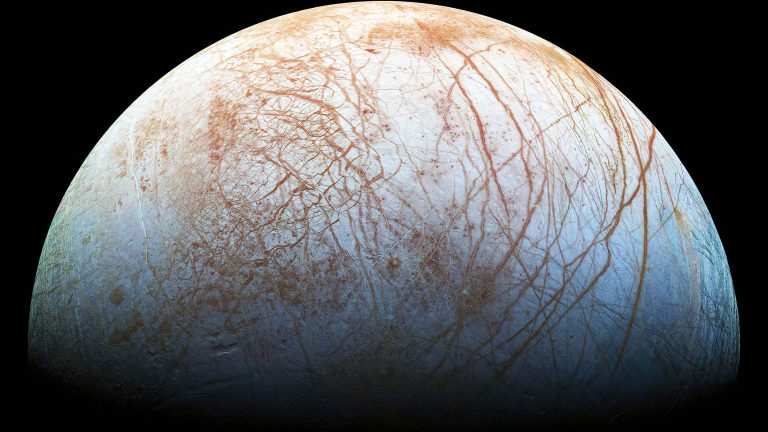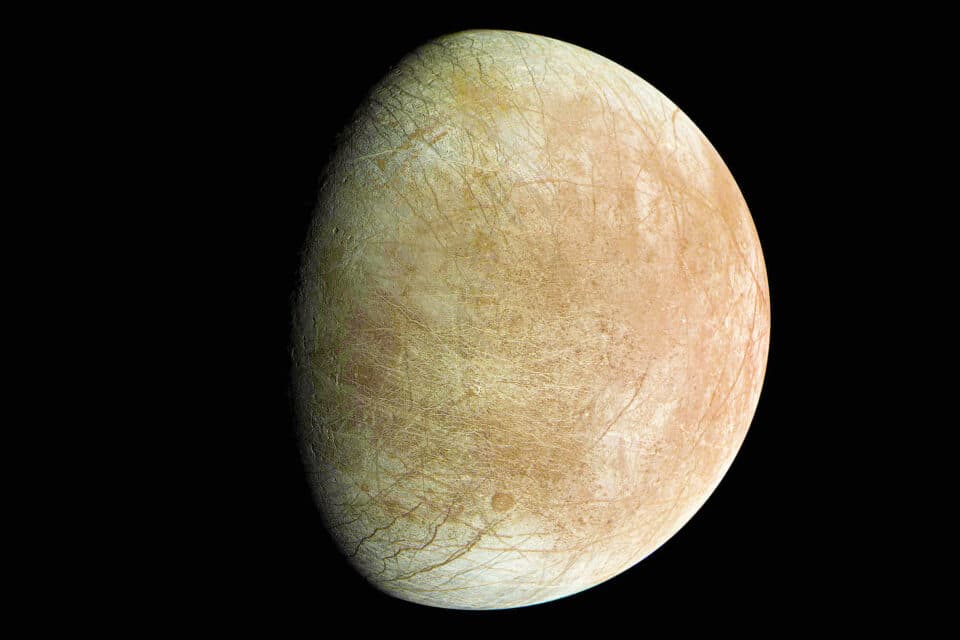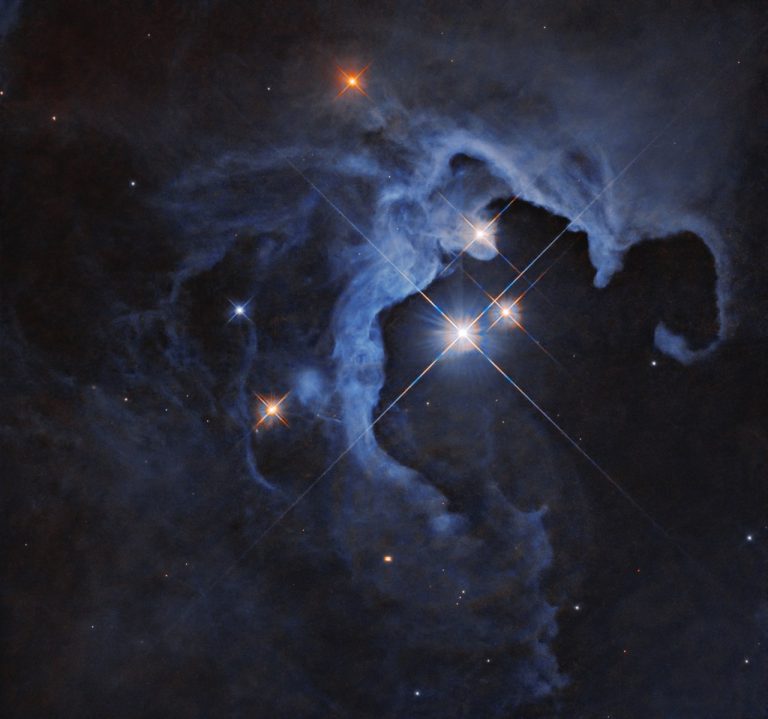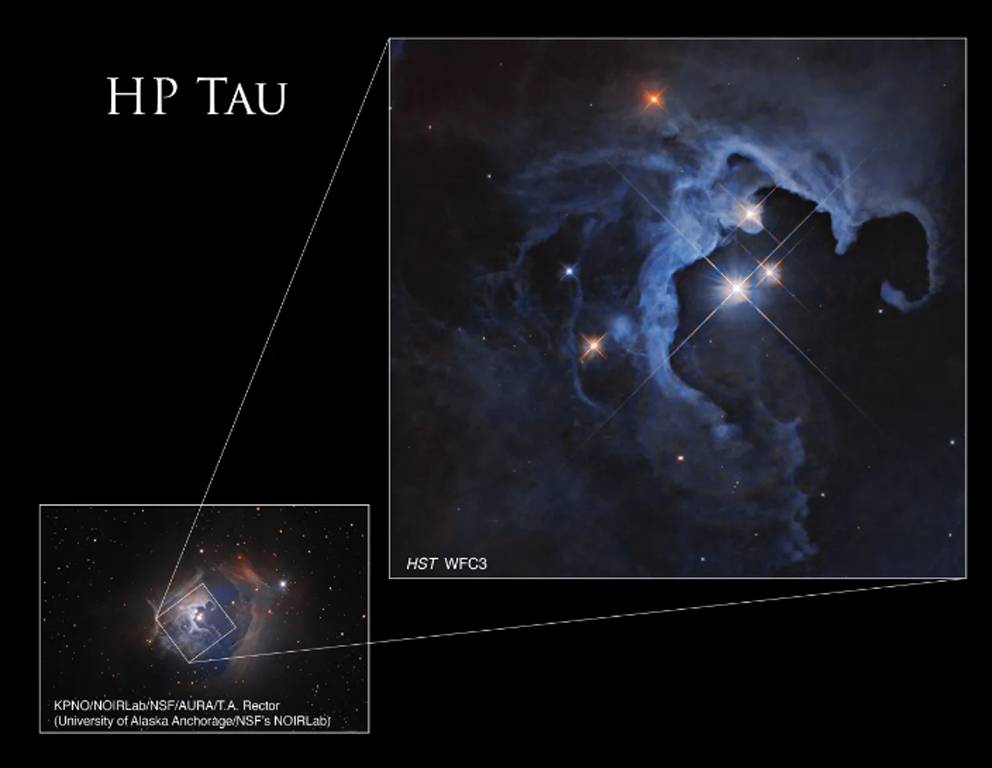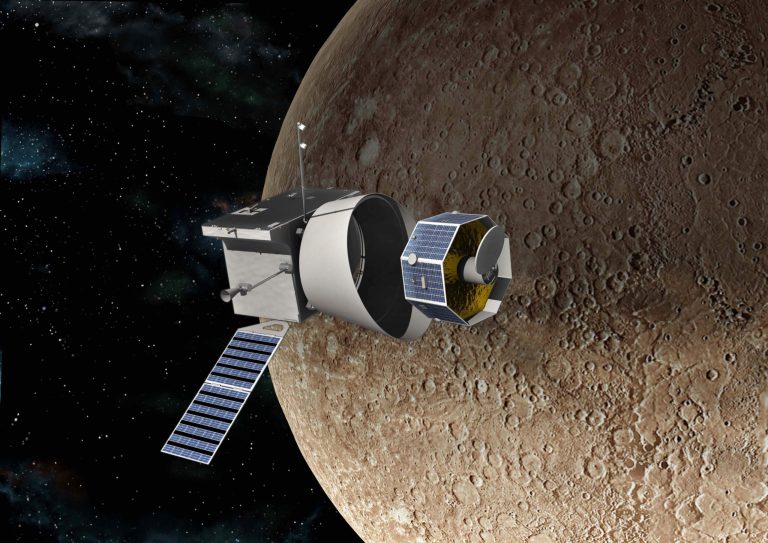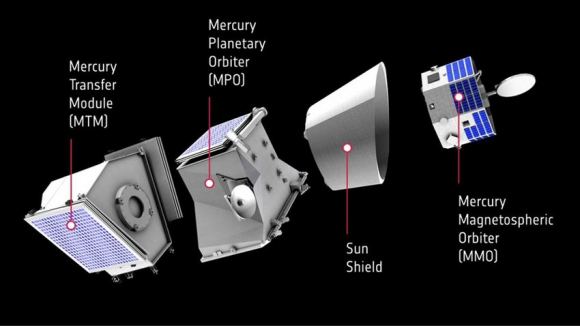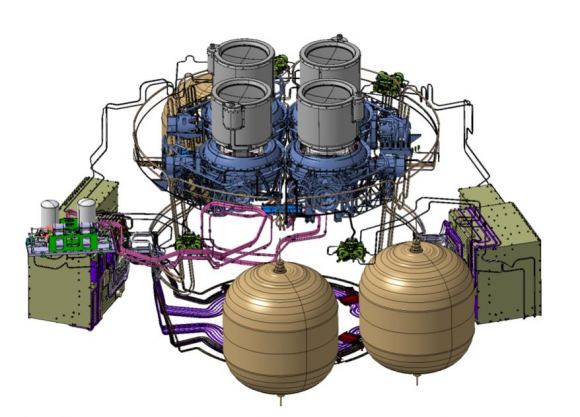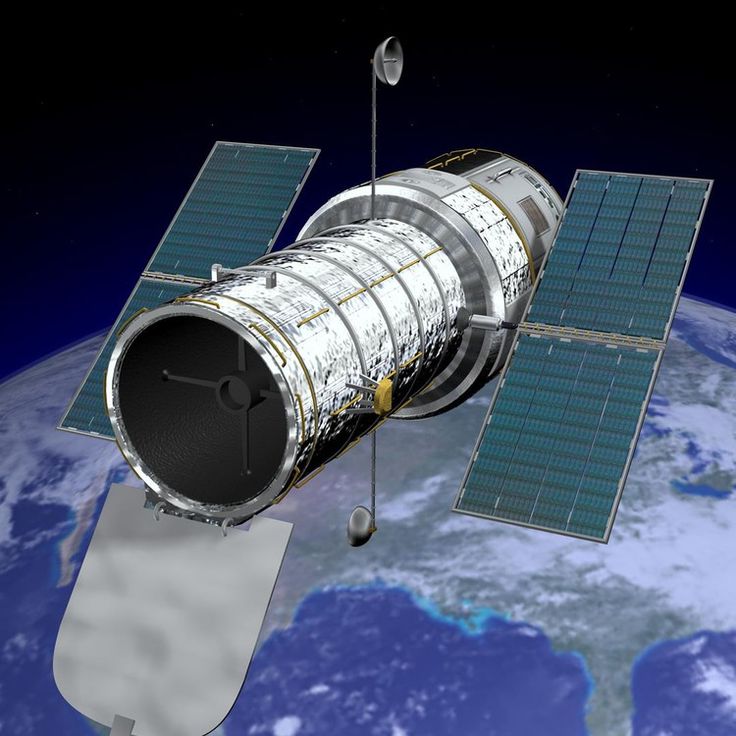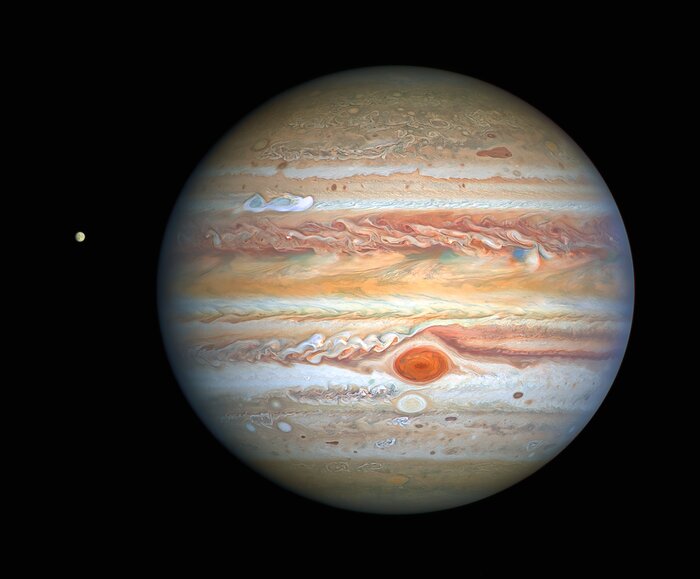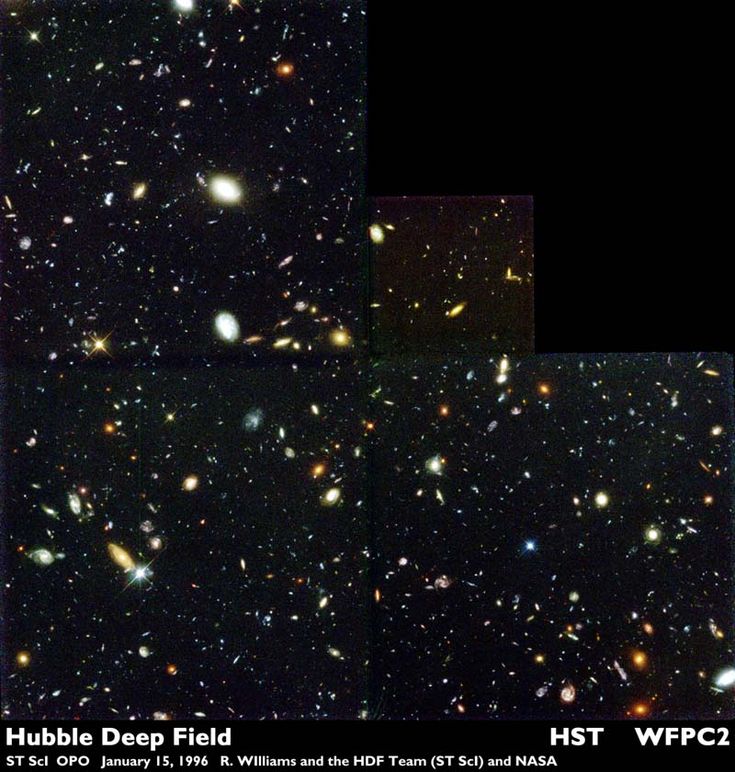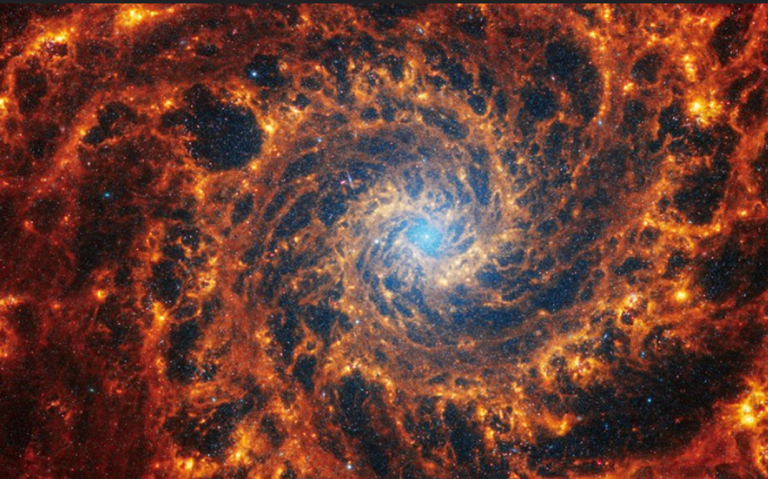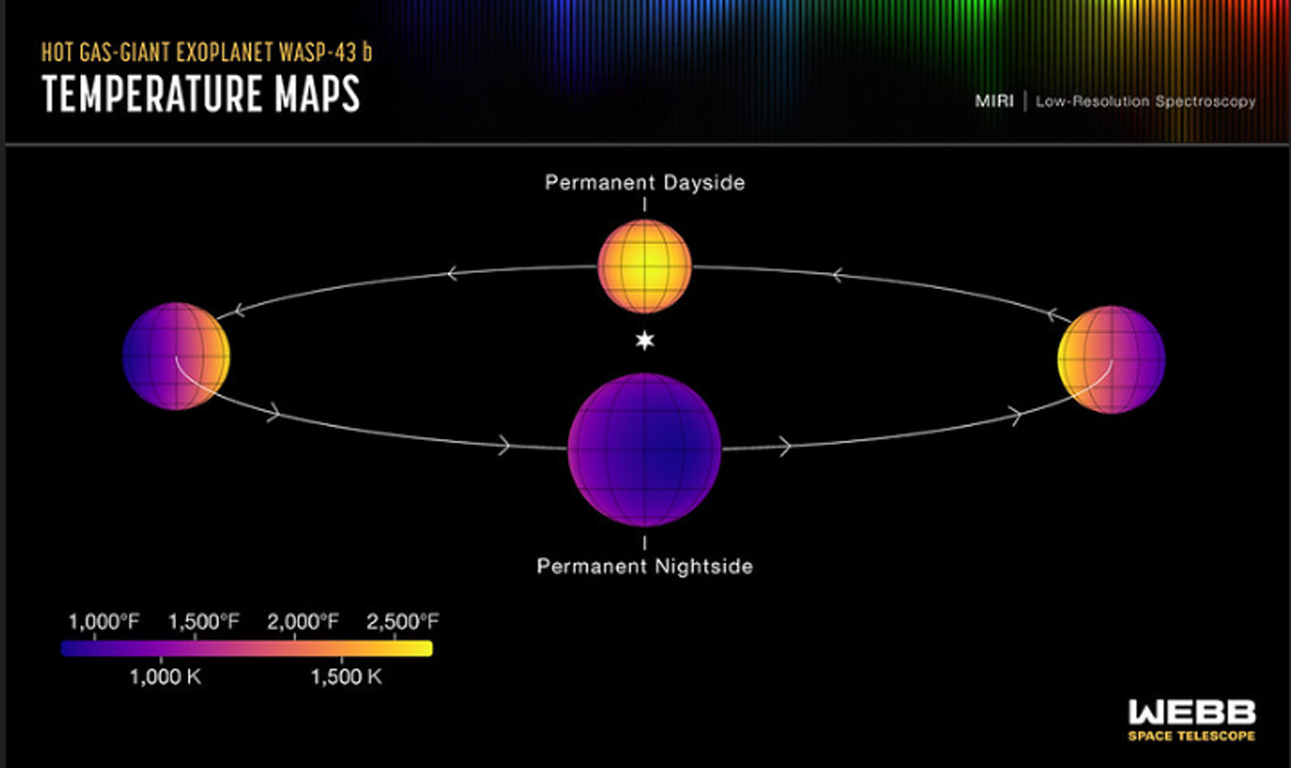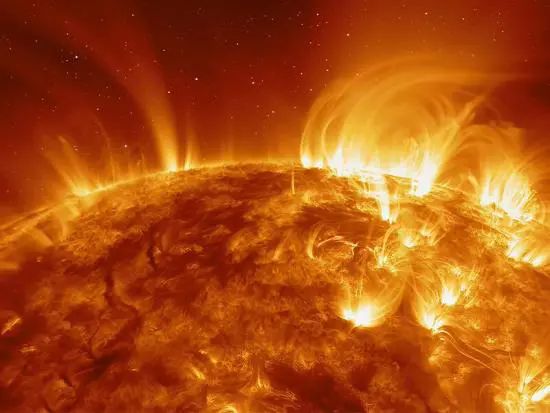Space Tour Launch
Key Takeaway
Space tourism is emerging as a thrilling new industry, allowing private citizens to experience the wonders of space travel. While it currently remains an expensive endeavor, advancements in technology and increasing competition are likely to make it more accessible in the future.
Summary
- Space tourism enables non-professional astronauts to travel to space for recreation.
- There are two main types: suborbital and orbital space tourism.
- Suborbital flights offer a brief trip to space with a few minutes of weightlessness.
- Orbital flights involve longer stays, typically at the International Space Station (ISS).
- Costs are high, but expected to decrease as technology advances.
- Companies like Blue Origin and Virgin Galactic are leading the way.
- Space tourism has potential benefits, including inspiring future generations and contributing to scientific research.
- Concerns include environmental impact, safety, and ethical implications.
- Future possibilities include space hotels, lunar flybys, and Mars missions.
Introduction
Space travel has long been a dream for humanity. From the early fictional adventures to the real-life accomplishments of space agencies, the attraction of exploring the cosmos has captivated our imaginations. Today, a new chapter in space exploration is unfolding, driven by private companies and the growing industry of space tourism.
The Evolution of Space Tourism
Space tourism is not a recent concept. The idea of civilians venturing into space has been around for decades, but it remained a distant dream due to the high costs and technical challenges involved. However, with the advent of private space companies, this dream is slowly becoming a reality.
Space tourism can be broadly categorized into two types: suborbital and orbital.
Suborbital Space Tourism
Suborbital space tourism involves a brief journey to the edge of space. These flights offer passengers a few minutes of weightlessness and a spectacular view of Earth from above. Companies like Blue Origin and Virgin Galactic are pioneers in this field. Their reusable spacecraft are designed to take passengers just beyond the boundary of space, providing an unforgettable experience without the need for a lengthy stay.
Orbital Space Tourism
For a more immersive space experience, orbital space tourism allows travelers to spend days or even weeks in orbit. These journeys typically involve visiting the International Space Station (ISS), where tourists can participate in scientific experiments and educational programs. The first space tourist, Dennis Tito, visited the ISS in 2001, marking the beginning of this exciting venture. However, the high costs associated with orbital flights have limited their accessibility.
Table 1: Cost Comparison of Space Tourism
| Type of Space Tourism | Estimated Cost | Duration |
|---|---|---|
| Suborbital | $200,000 – $1,000,000 | Minutes |
| Orbital | $20,000,000 – $50,000,000 | Days to Weeks |
Companies Leading the Way
Several private companies are at the forefront of the space tourism industry, each with its unique approach and vision.
Virgin Galactic
Virgin Galactic, founded by Richard Branson, is one of the most prominent names in space tourism. Their spacecraft, Unity, is designed for suborbital flights, offering passengers a brief but thrilling journey to the edge of space. Virgin Galactic’s flights feature a two-man crew and can accommodate up to four passengers.
Blue Origin
Blue Origin, owned by Amazon-founder Jeff Bezos, offers a different suborbital experience with its New Shepard rocket and crew capsule. Blue Origin’s spacecraft is fully automated and can carry up to six passengers at a time. The company has launched numerous successful missions, including flights with Jeff Bezos himself.
SpaceX
SpaceX, founded by Elon Musk, is primarily focused on orbital flights and beyond. While SpaceX has not yet launched commercial space tourism missions, they have announced plans for future projects, including lunar missions and Mars colonization.
A Glimpse into the Future
The space tourism industry is still in its early stages, but its potential is immense. As technology advances and costs decrease, we can expect a surge in interest and participation. Here are some exciting possibilities on the horizon:
Space Hotels
Imagine luxurious accommodations orbiting Earth, offering panoramic views and a truly out-of-this-world experience. Companies are already exploring the concept of space hotels, where guests can enjoy the beauty of space from the comfort of a hotel room.
Space Adventures
Space tourism could extend beyond Earth, with companies offering lunar flybys or even journeys to Mars in the future. These adventures would provide a deeper exploration of our solar system, appealing to the most adventurous travelers.
Space Education and Research
Tourists could participate in research projects or educational programs while in space, contributing to scientific advancements. This involvement could inspire a new generation of scientists and engineers.
Environmental and Ethical Considerations
While the prospects of space tourism are exciting, they also raise important environmental and ethical questions. The environmental impact of rocket launches, the safety of commercial space travel, and the ethical implications of privatizing space exploration are significant concerns.
Environmental Impact
Rocket launches have a considerable environmental footprint. The combustion of rocket fuel releases greenhouse gases and other pollutants into the atmosphere. As the number of space tourism flights increases, it is essential to address these environmental concerns and develop sustainable practices.
Safety
The safety of commercial space travel is paramount. Although private companies have made significant strides in developing reliable spacecraft, the inherent risks of space travel cannot be overlooked. Ensuring the safety of passengers is a critical challenge that must be continuously addressed.
Ethical Implications
The privatization of space exploration raises ethical questions about access and equity. Space tourism is currently accessible only to the wealthy, potentially aggravating social inequalities. Additionally, the commercialization of space could impact international cooperation and governance.
Virgin Galactic’s Milestone Flight
Virgin Galactic achieved a significant milestone by launching four space tourists to the edge of space and back. This flight marked the company’s 11th sub-orbital spaceflight and its sixth commercial mission, solidifying its role as a pioneer in the space tourism industry.
With veteran pilots C.J. Sturckow and Nicola Pecile at the controls, the Unity spacecraft was carried aloft from New Mexico’s Spaceport America by Virgin Galactic’s twin-fuselage ferry ship, Eve. The mission commenced at 12 p.m. EST, with the spacecraft ascending to an altitude of 44,493 feet before the carrier jet released the spaceplane.

A moment after release, the pilots ignited Unity’s hybrid rocket motor, propelling the spaceplane on a near-vertical climb out of the lower atmosphere. The rocket motor fired for about two minutes, boosting the spacecraft’s velocity to nearly three times the speed of sound. At this point, the passengers and crew experienced weightlessness as Unity continued on its ballistic trajectory.
For this historic flight, all four seats in Unity’s cabin were occupied by paying customers: Robie Vaughn and Neil Kornswiet, both American citizens, Franz Haider of Austria, and Lina Borozdina, who holds joint U.S.-Ukrainian citizenship. This was Virgin Galactic’s first flight without a company astronaut chaperone on board.
The spaceplane reached a maximum altitude, or apogee, of 55.2 miles, five miles above the boundary recognized by NASA, the Pentagon, and the FAA as the edge of space. During the three minutes of weightlessness, passengers unstrapped and floated about the cabin, taking in spectacular views of Earth from more than 50 miles up.
Virgin’s spacecraft features unique hinged wings that rotate upward after engine shutdown to slow and stabilize the craft for re-entry. Once back in the lower atmosphere, the wings rotated back into their normal configuration, and the pilots guided the ship to a safe touchdown on Spaceport America’s 15,000-foot-long runway, concluding the mission 56 minutes after takeoff.
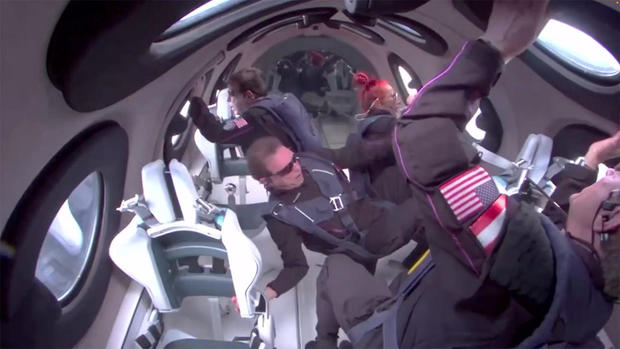
The Future of Space Tourism
Table 2: Potential Future Developments in Space Tourism
| Development | Description | Potential Impact |
|---|---|---|
| Space Hotels | Luxurious accommodations orbiting Earth | Expands the market, enhances experience |
| Lunar Flybys | Journeys around the moon | Deepens space exploration |
| Mars Missions | Extended trips to Mars | Advances human space exploration |
| Space Research Programs | Tourists participating in scientific research | Contributes to scientific knowledge |
| Sustainable Practices | Eco-friendly rocket technology | Reduces environmental impact |
| Safety Enhancements | Advanced safety measures for commercial space travel | Increases passenger safety |
Conclusion
Space tourism represents an exciting new frontier in human exploration. While it is currently an expensive endeavor, advancements in technology and increasing competition are likely to make it more accessible in the future. The potential benefits of space tourism, including inspiring future generations, contributing to scientific research, and expanding our understanding of the universe, are significant. However, it is essential to address the environmental, safety, and ethical challenges associated with this burgeoning industry. As we move forward, the final frontier is no longer out of reach for those adventurous enough to book their ticket to the stars.

